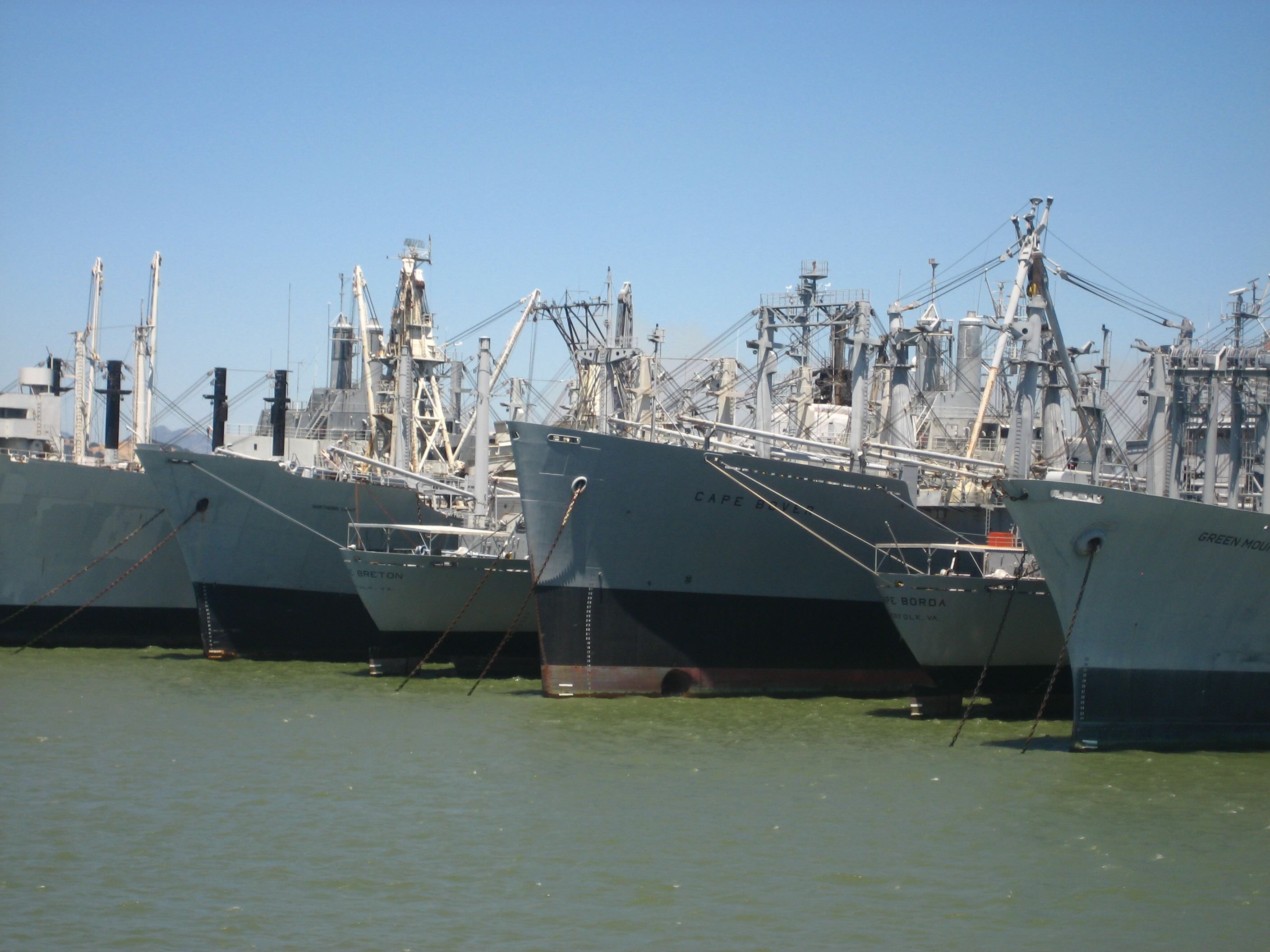Have a story idea
Have a story idea? Send it to us here.

Source : Wikimedia
October 20, 2025
Author : Patty Allen
The U.S. Department of Transportation (DOT) has signed contracts worth $6 billion for maintenance of the Ready Reserve Force (RRF) - a fleet of ships that play an important role in military logistics and emergency response.
Over the next ten years, a group of seven private ship management companies, MARAD (Maritime Administration), will be responsible for the maintenance of 51 vessels in the fleet, which consists of roll-on/roll-off carriers, auxiliary crane ships, and aviation maintenance vessels.
The Ready Reserve Force plays an important role in national defence by facilitating the rapid mobilisation of Army and Marine Corps equipment during times of crises, military operations, or disasters. The RRF ships can be activated and ready to sail within five days, providing rapid response deployment support, which includes humanitarian missions and law enforcement training.
Transportation Secretary Sean P. Duffy highlighted the RRF’s role when he stated, “National security is reliant on strategic sealifts, and the strategic sealift is reliant on the RRF.” The DOT’s goal in the award of these sustained contracts is to ensure that the ships are maintained and available to respond to a crisis or contingency on an expedited basis.
This directly supports American dominance in the maritime domain and guarantees supply chain assurance in military and civil operations.
Alongside enhancing U.S. defence preparedness, this multibillion-dollar maintenance program will create a stable demand for skilled maritime workers, parts suppliers, and port services across the country.
Most contracted ship managers have agreed to increase workforce development opportunities along the coast, boosting either marine engineering programs or union jobs associated with the merchant marine industry. This widespread economic benefit further illustrates how federal maritime funding extends beyond immediate national security needs.
The contracts have a lifespan of 10 years and encompass all facets of operating ships, from daily maintenance to activation and crewing. Many ships remain in Reduced Operating Status (ROS), and maintenance crews are available to rapidly help scale up as needed. Lessons learnt from recent readiness test activities, including anticipated issues associated with ageing vessels, have influenced federal priorities for recurring upgrades and repairs.
This change is also the anticipated result of improving smaller U.S. shipyards and supporting their infrastructure objectives, where federal investment in the reserve fleet initiative oftentimes flows into local maritime industries. The overall strategy for DOT merges the reserve fleet initiative with improvements to rail, ports, and climate resilience projects nationwide.
The DOT has spent billions to preserve and modernize the Reserve Fleet in order to provide rapid deployment capability, reliable logistics service, and economic opportunity for American workers and their communities.
Category : Department of Transportation Federal Government
